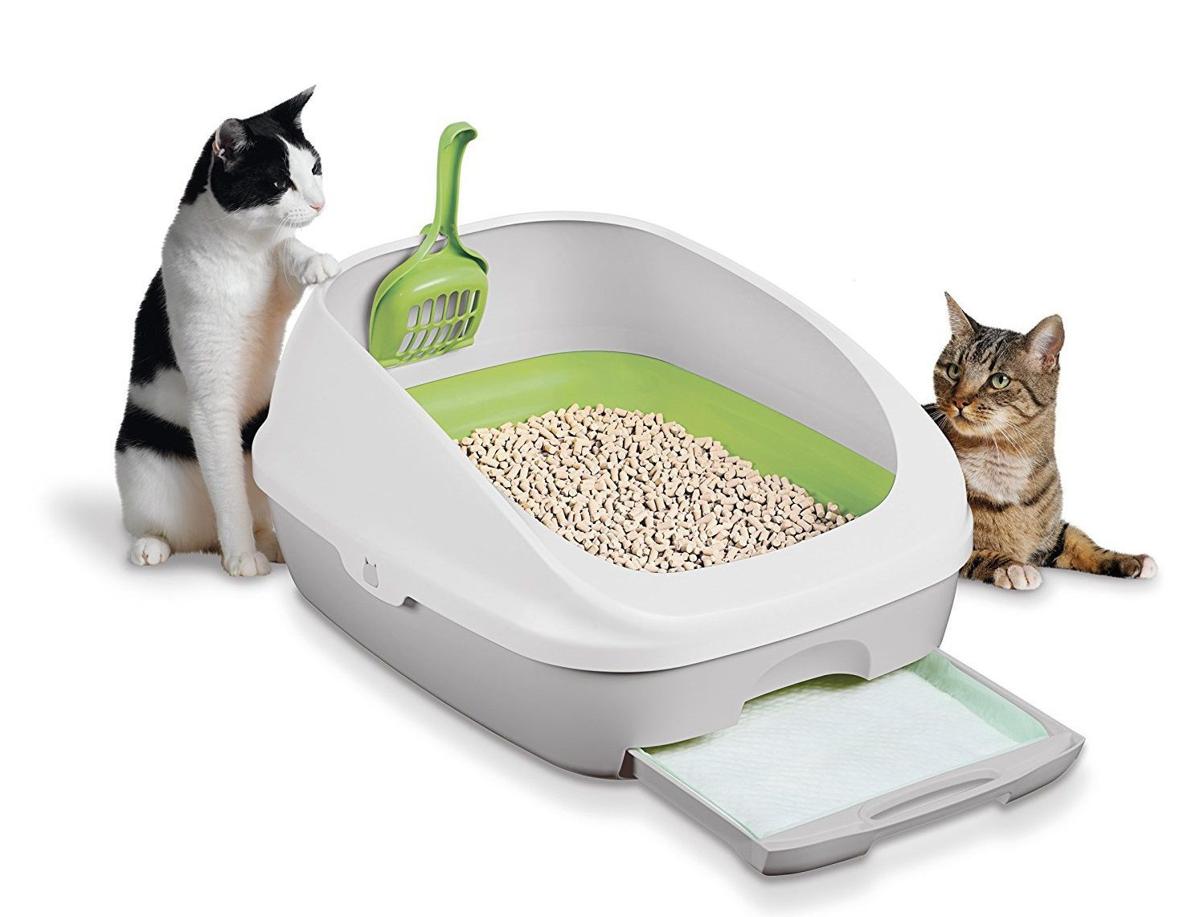How to Solve Your Cat Litterbox Problems
One of the most frustrating behaviors for a cat owner is litterbox issues. If only cats could talk to tell us why they weren’t using their litterbox! There are so many reasons cats completely stop or won’t use their litterbox all the time. It can take some detective work to figure out the reason or reasons, and the cure or cures.
Clean up
Cat urine is one of the most difficult smells on the earth to remove. To add to the challenge, cats have an extraordinary sense of smell, and may continue to go if they can smell their prior mess. But it can be done! Remove, sterilize, and store (or throw out) any items Kitty urinated or defecated on outside the box. If Kitty went on more permanent items like your front door or wall-to-wall carpet, thoroughly clean the entire area, and soak with an enzyme pet cleaner for 24 hours. If you can’t close Kitty out of that room, keep him away from it the entire time you are trying the steps below by covering it with a large cat-proof item, like a plastic tarp.
Step 2. “Brand New”
The easiest and fastest thing you can try is adding another brand new litterbox, with new litter, in a new location. Put a brand new litterbox, as big a one as possible and NOT a covered one, filled with fresh all-new litter, as close as you can to where Kitty was eliminating inappropriately the most. This might be right next to your shower if they were using the bath mat, in your closet, on the couch, under a window or in a doorway.
Medical
If the “brand new” solution didn’t fix your problem in one day, you should take Kitty to your vet ASAP to rule out any medical causes. Often cats will stop using their box to communicate they aren’t feeling well or are in pain. Here are the steps most vets will recommend:
1. A urinalysis to check for infection.
2. A urine CULTURE for elevated bacteria.
3. Blood panel or other tests for illnesses.
4. Feline Prozac or Buspar to relieve anxiety-driven litterbox issues.
Location and quantity
Try putting six new litter boxes out in six different locations. You don’t have to buy six new permanent ($$) boxes, you can use the disposable cardboard litter boxes sold in packs at pet supply stores. This is a temporary test to see if something in the two locations you tried previously is scaring or stressing Kitty out so he doesn’t want to go there all the time. If you find Kitty is using one or more boxes and not going outside, after one week remove one he’s using the least. If you’re still okay, then remove one more a week until you are down to the maximum number you can tolerate. If Kitty has an accident, then replace the last one you removed. You may need to combine this with keeping all the boxes super clean for it to work long-term.
Stress
After a medical cause, stress and anxiety (territorial or other source) are the most common reasons cats go outside their box. Kitty could be upset over a change in his routine, by someone or something new in the house, or something you can’t figure out! Whatever the cause, you can try these stress relievers:
- Rescue Remedy. Effects are immediate. Put it on Kitty’s paw so he’ll lick it off.
- Feliway plug-ins in every room. Not cheap, but often more effective than spray or collar versions.
- Vet-prescribed kitty Prozac or Buspar.
- Soothing music, like a classical or easy listening radio station left on.






Leave A Comment
You must be logged in to post a comment.